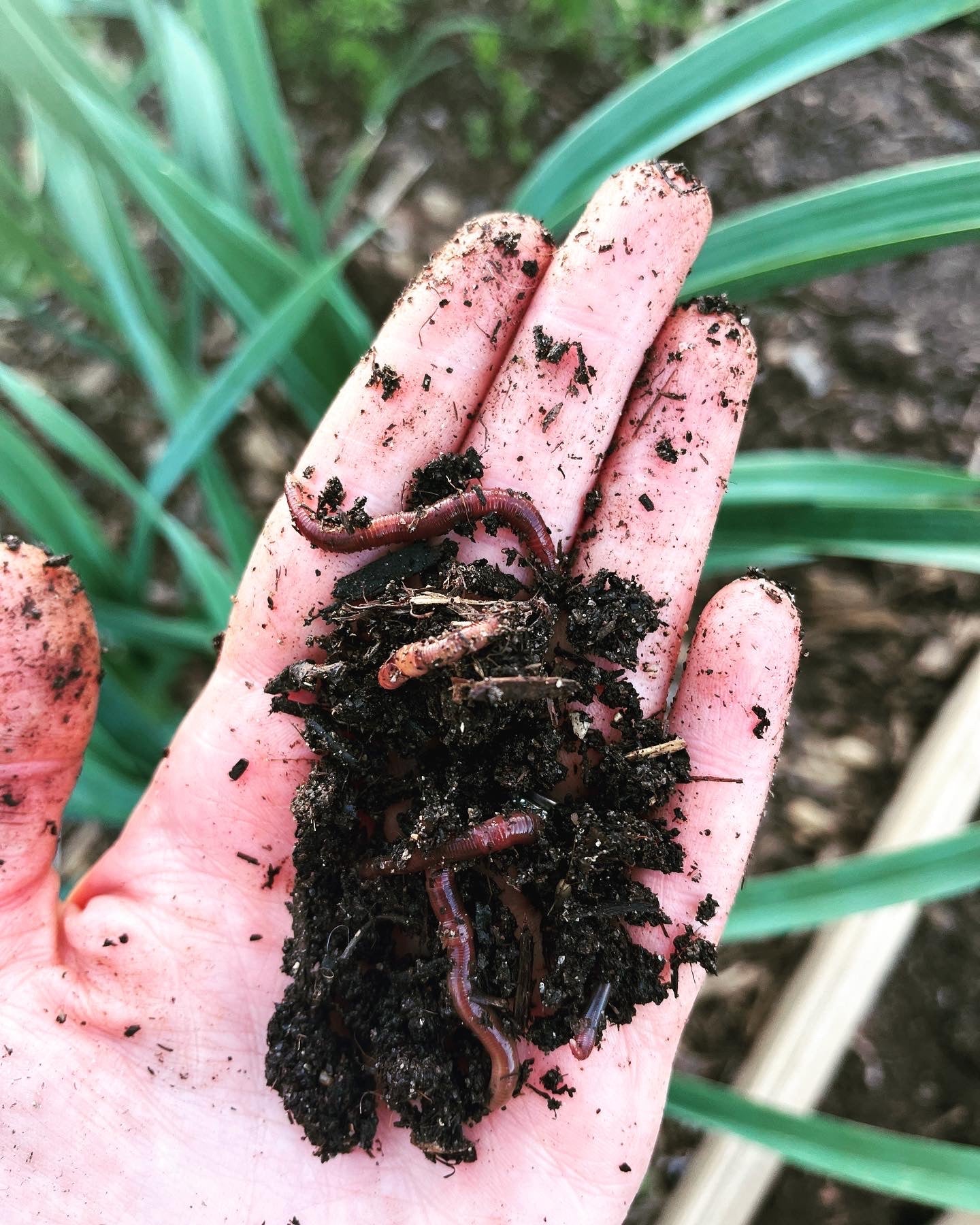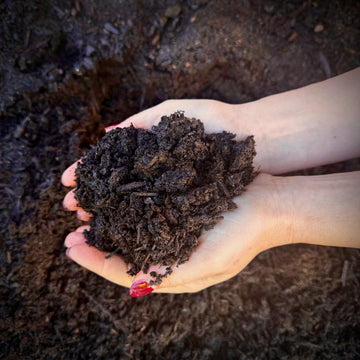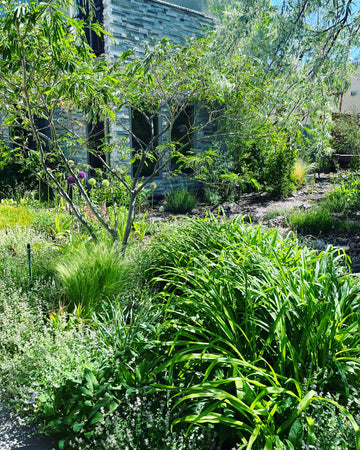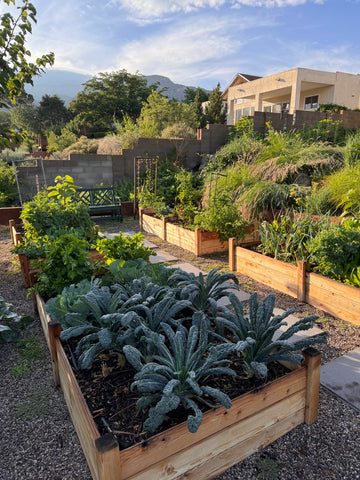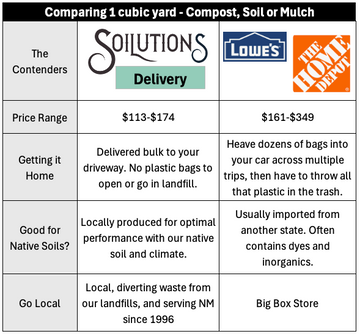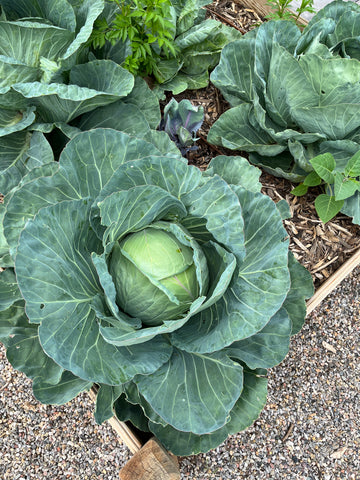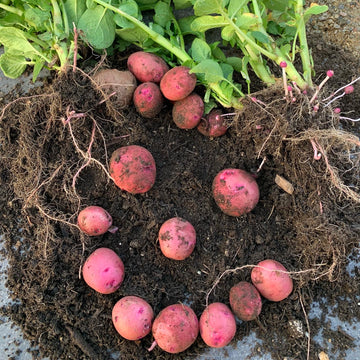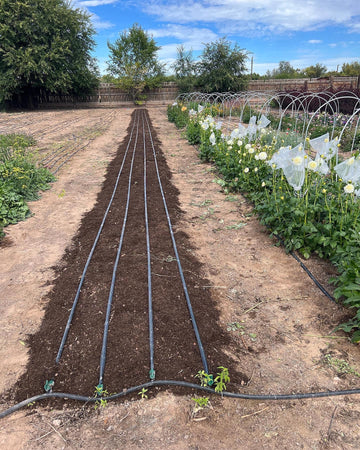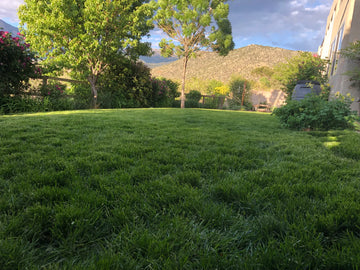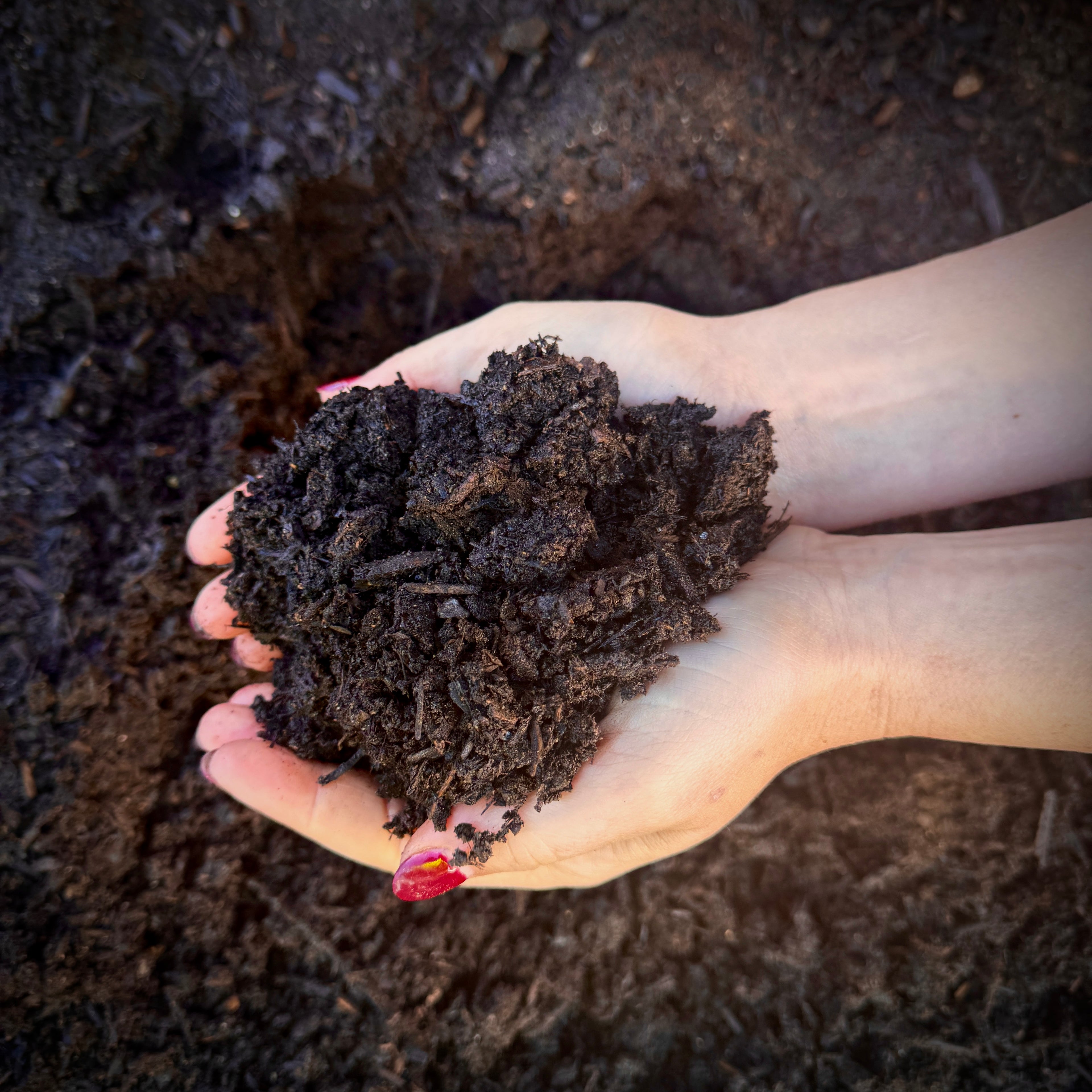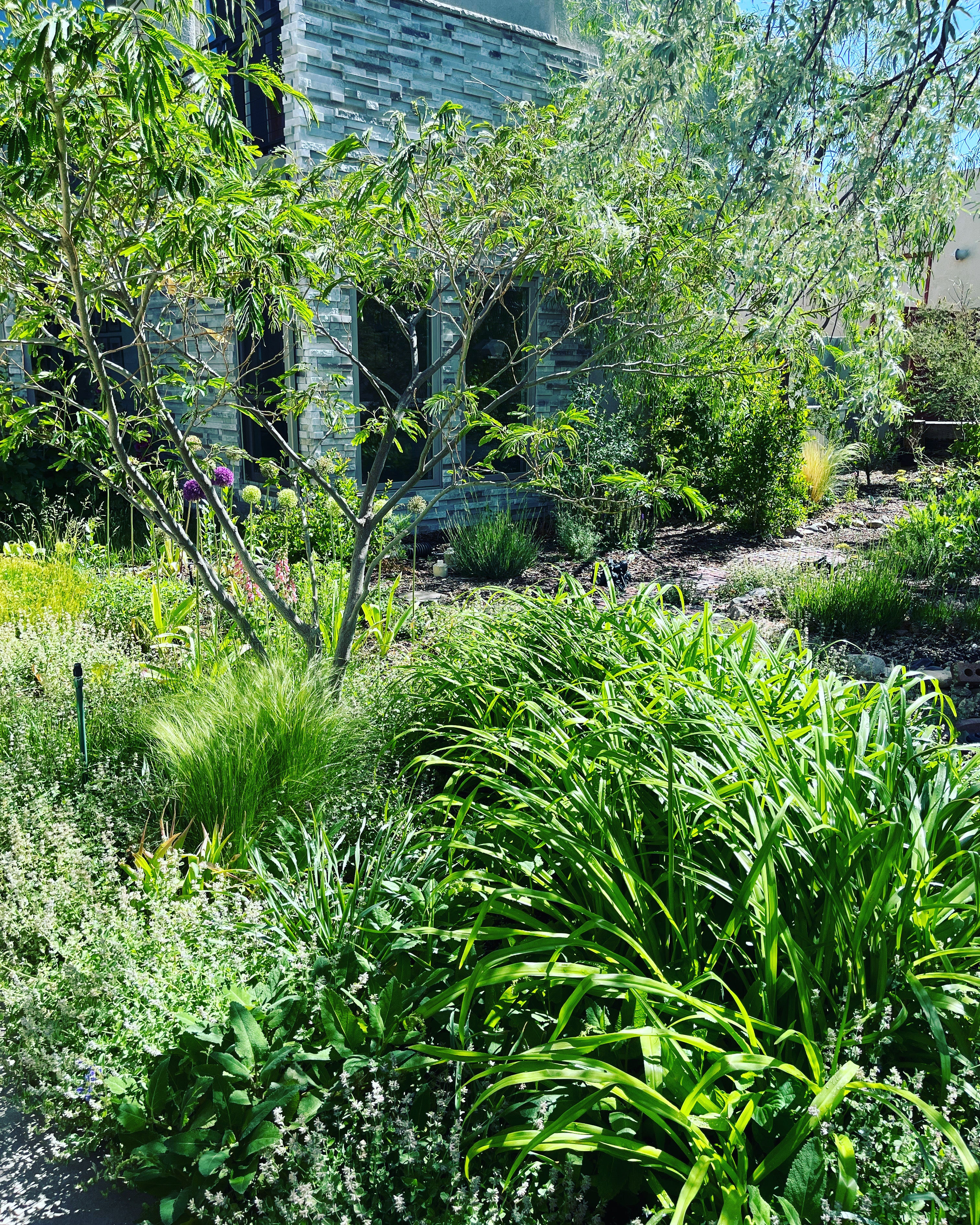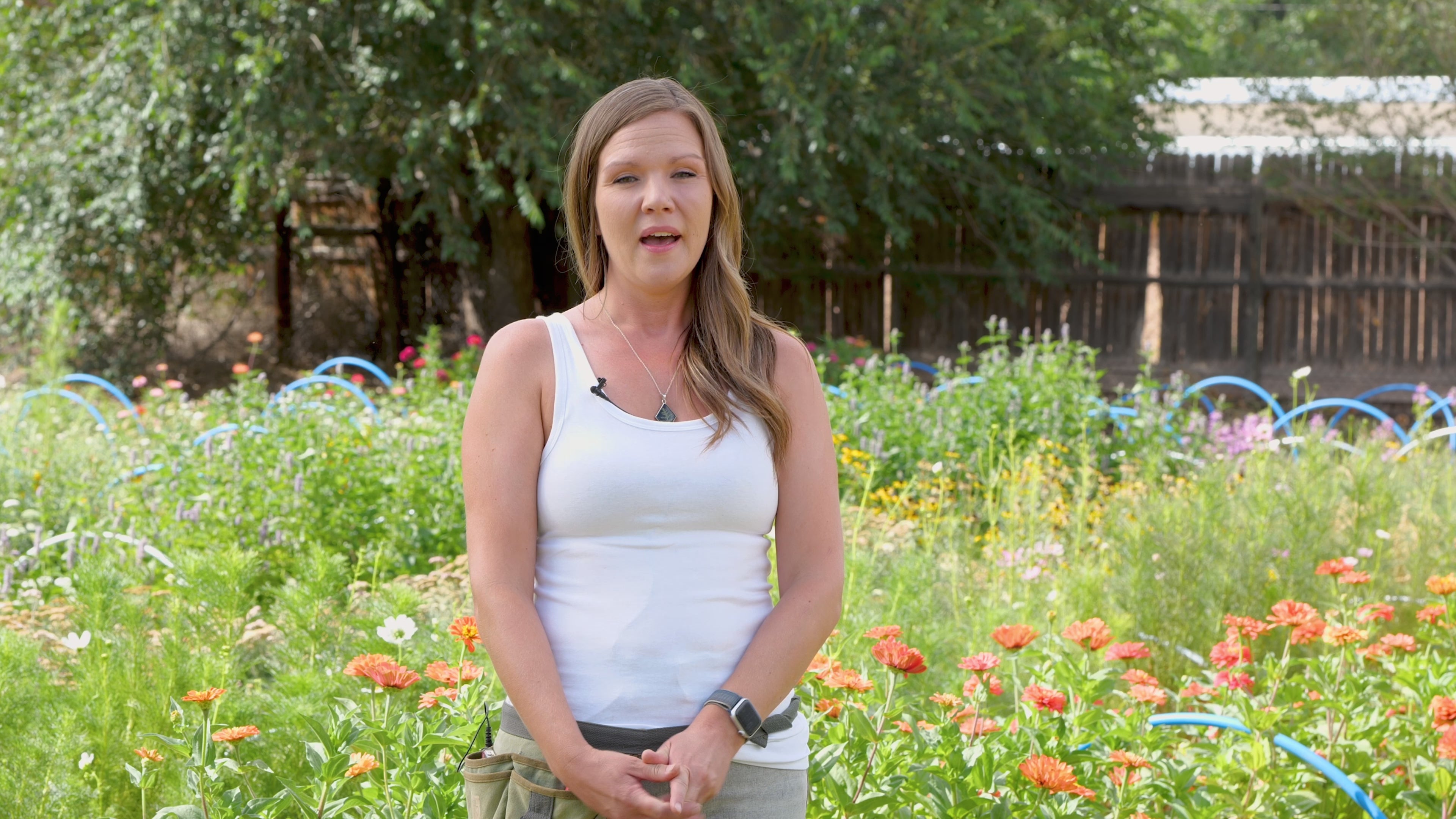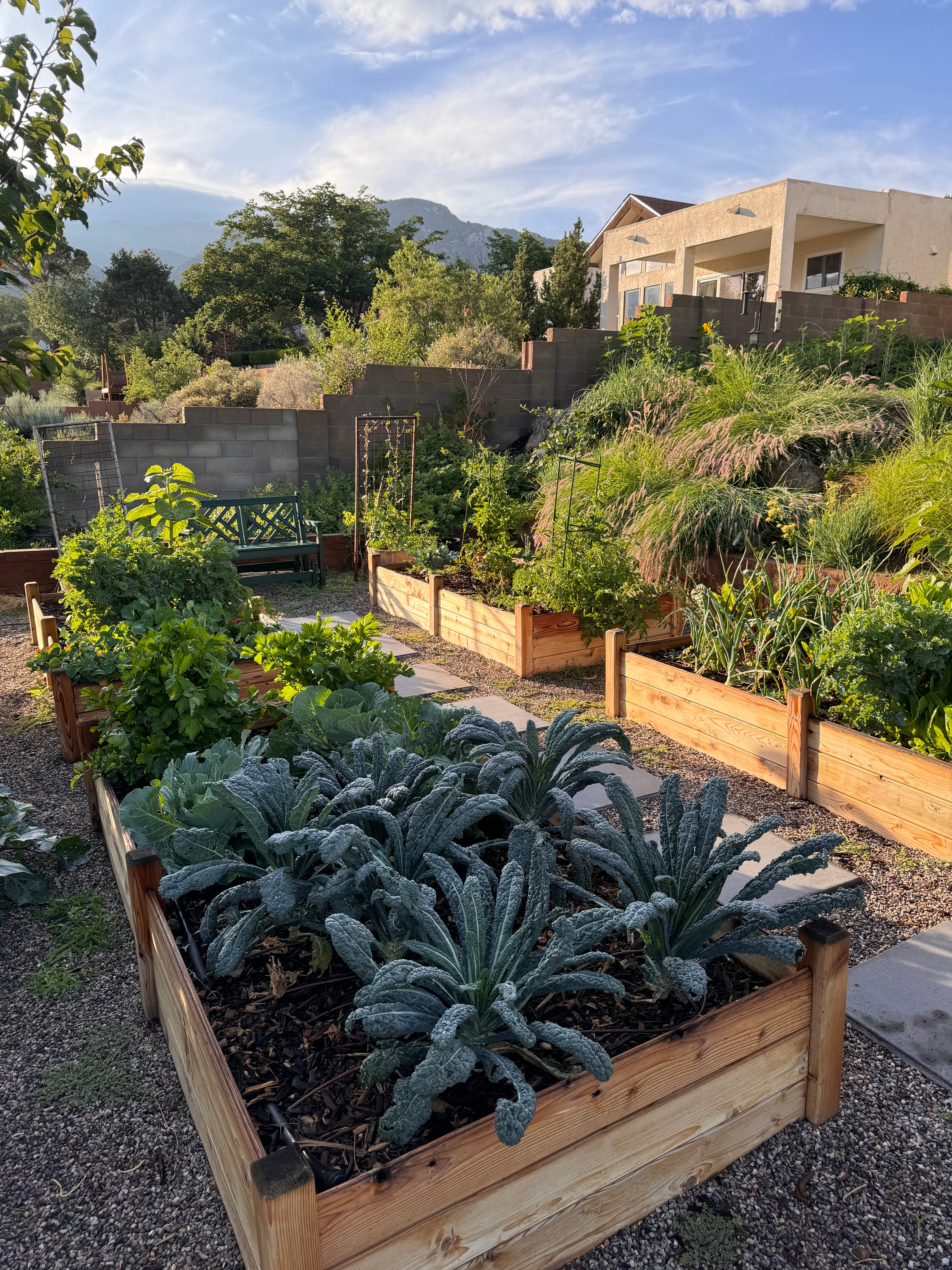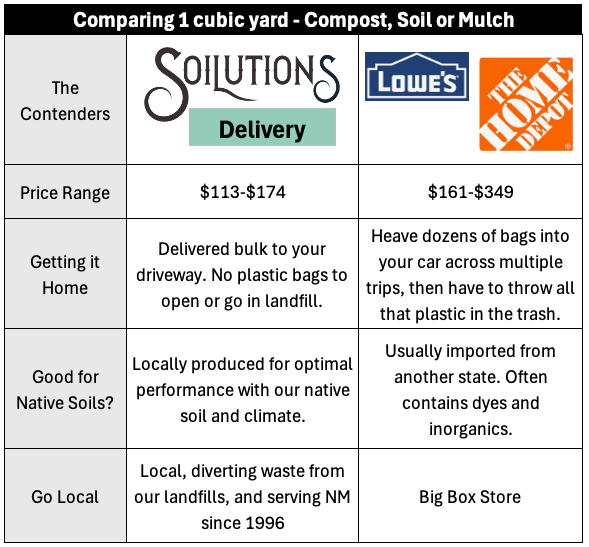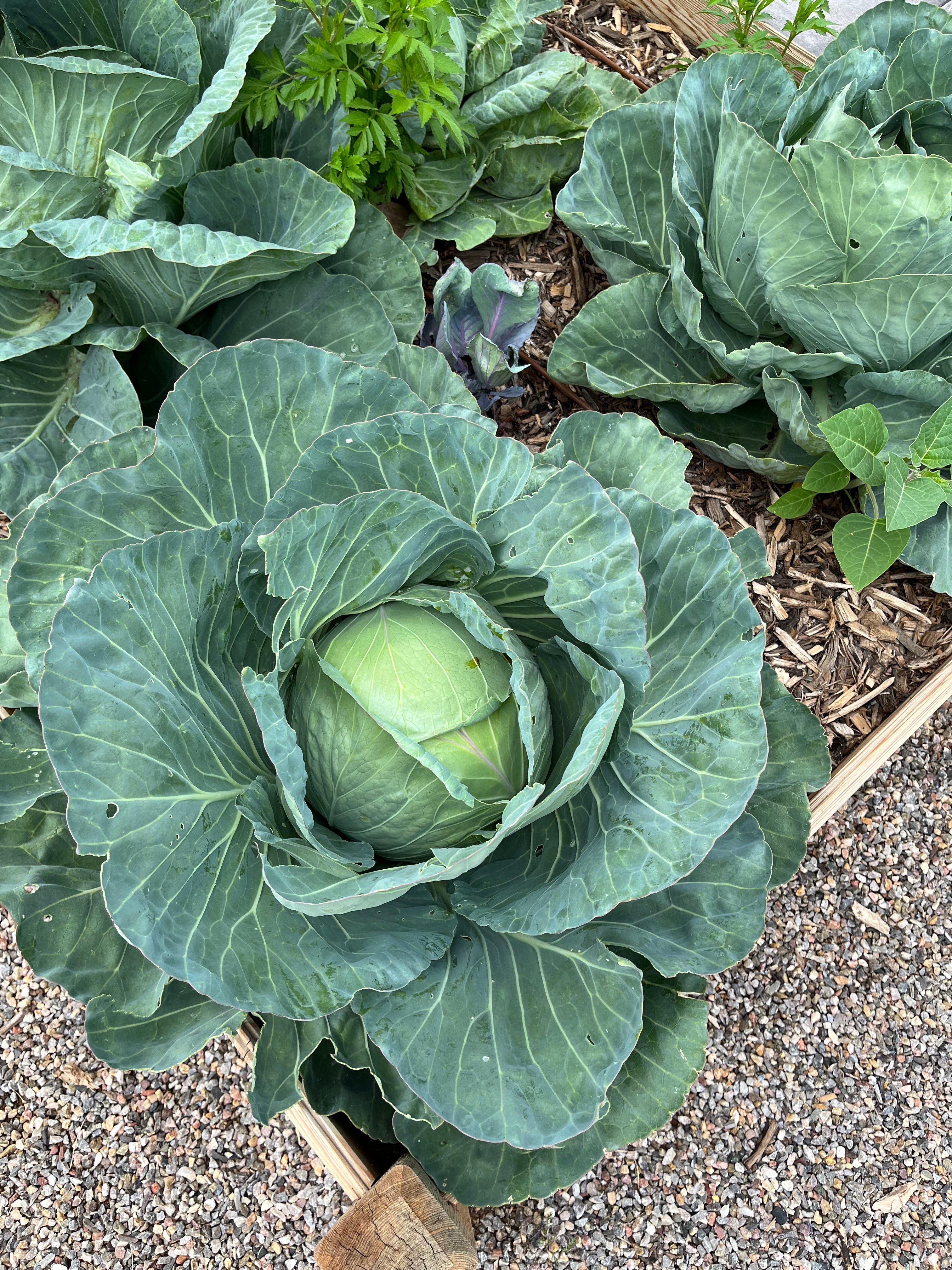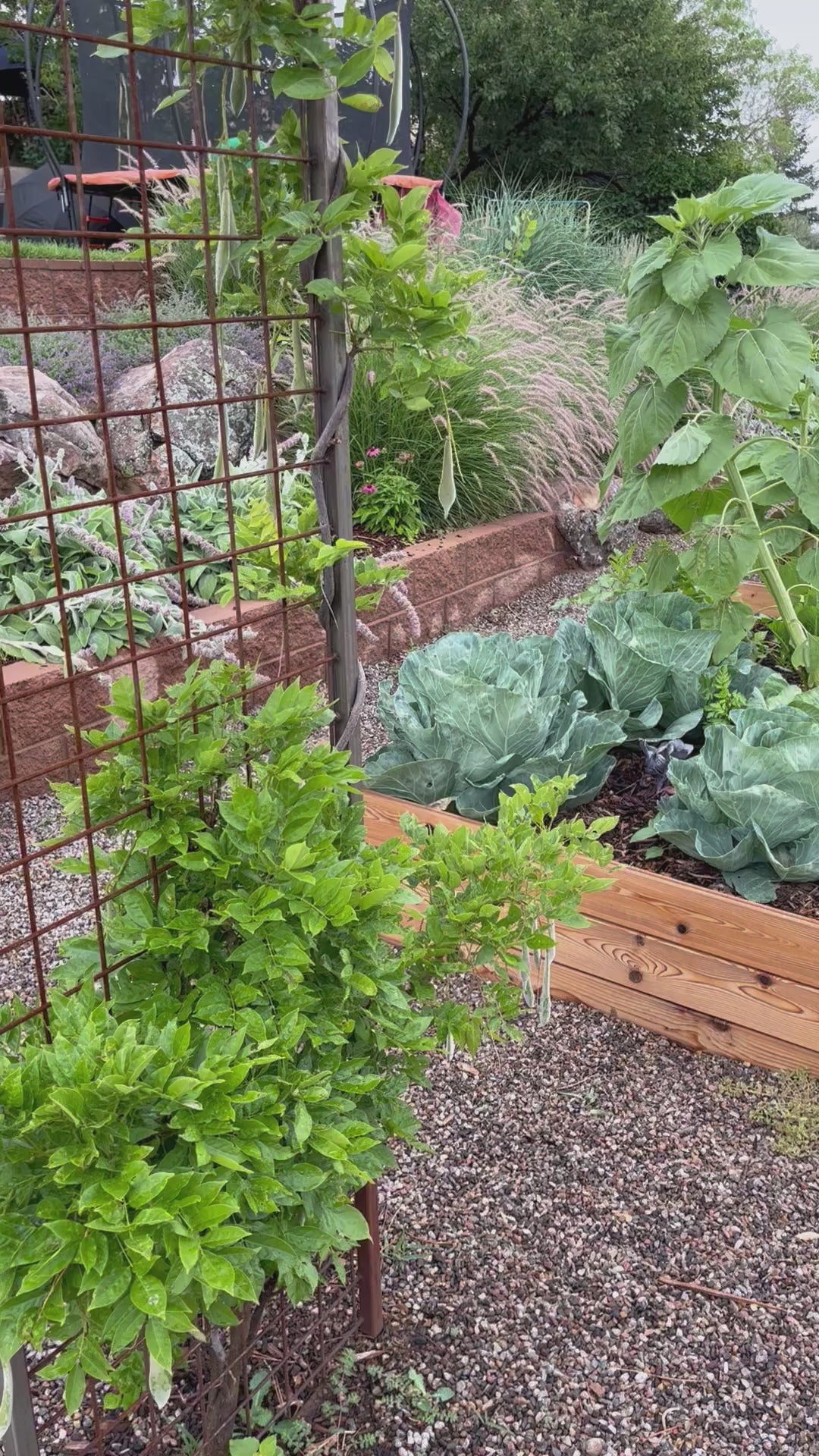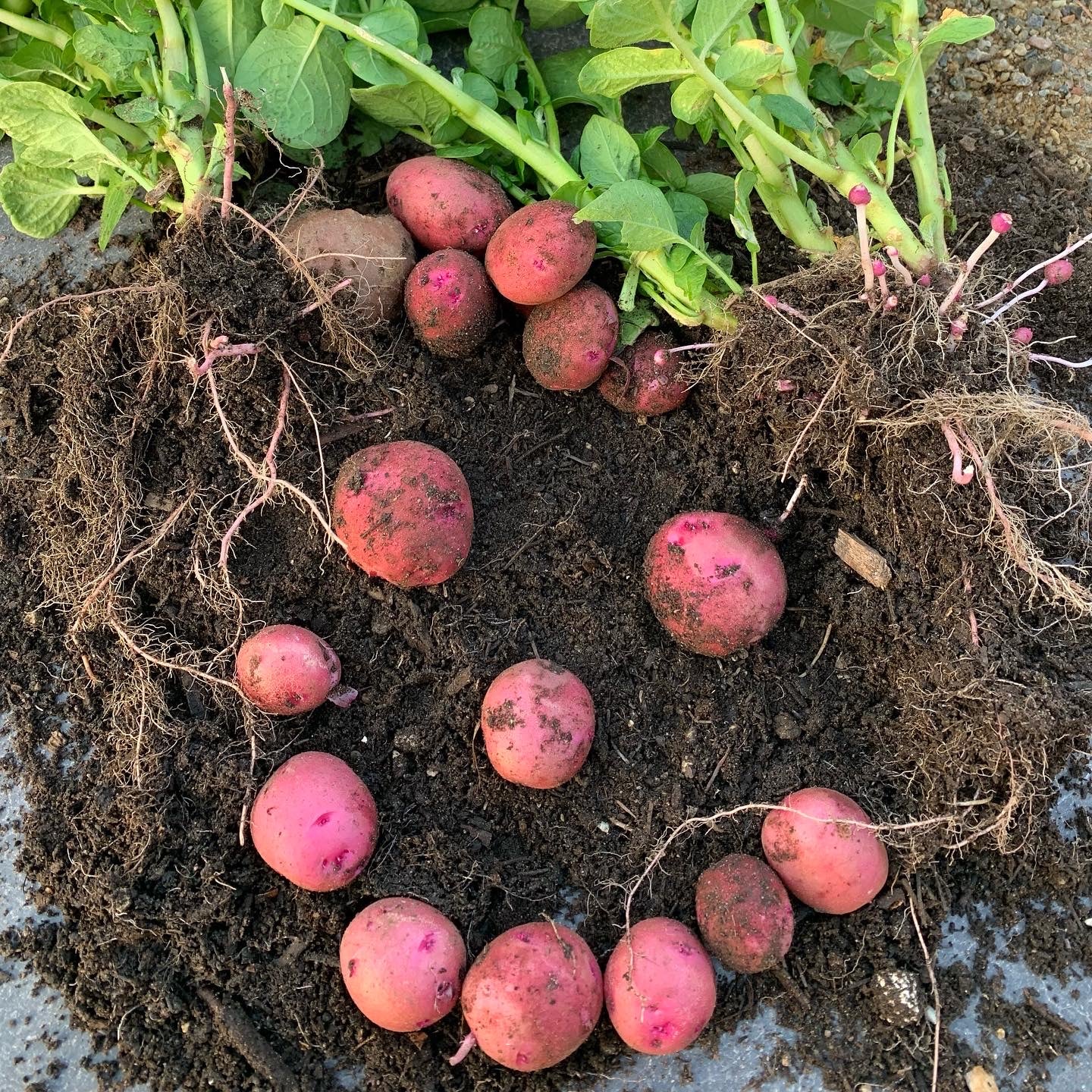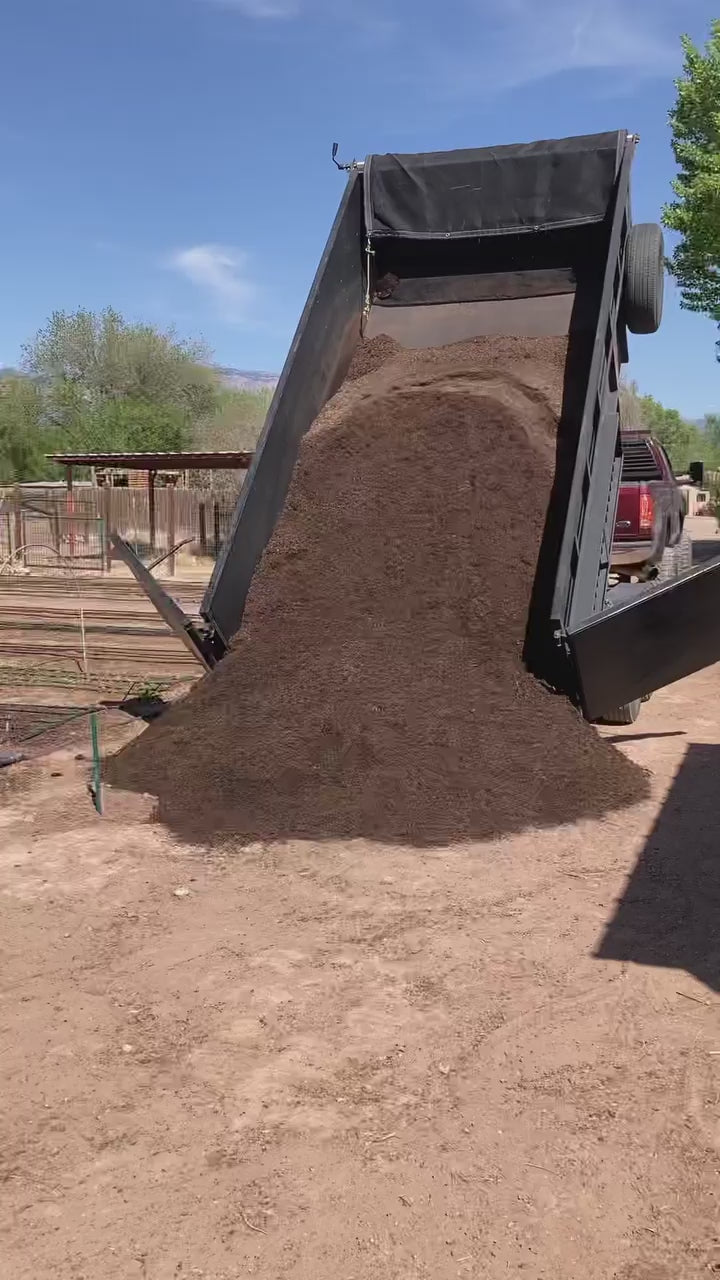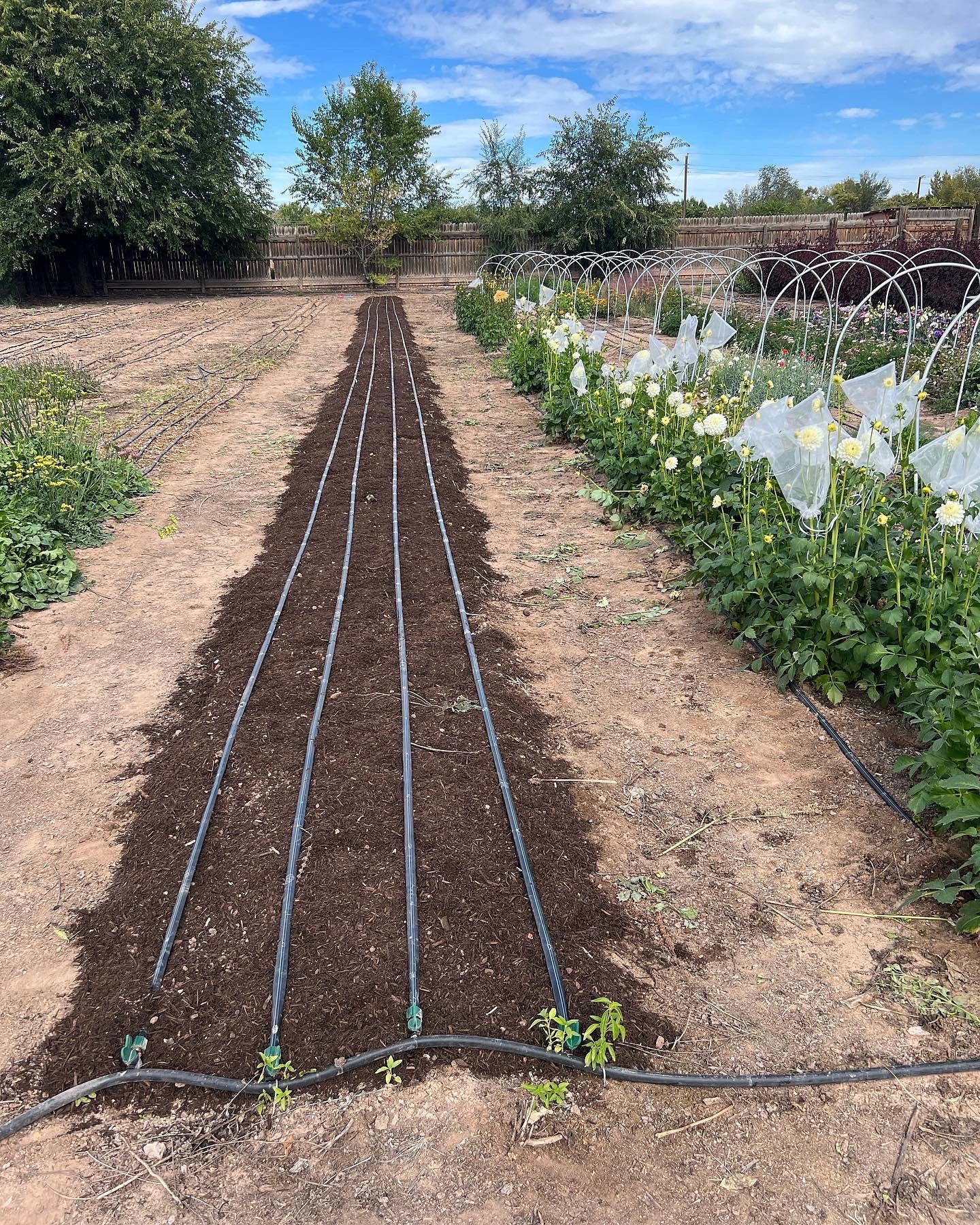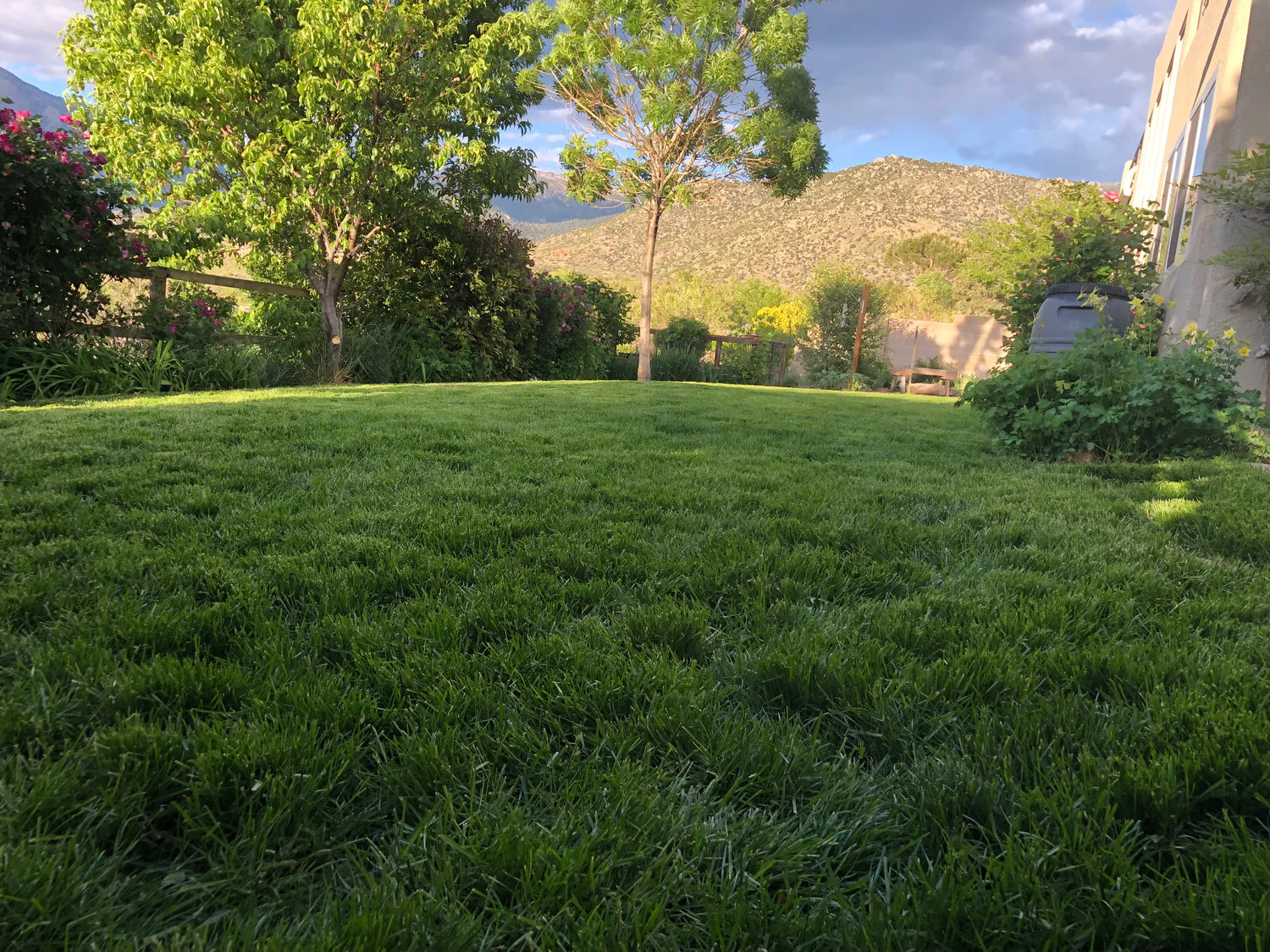by Wendy Blair, Master Gardener
If you live in New Mexico and garden, you’ve likely noticed that our dry climate can sometimes lead to a frustrating phenomenon in the garden: hydrophobia in soil and compost. Hydrophobia, or water repellency, occurs when the soil becomes so dry that it resists absorbing water, causing it to pool on the surface rather than soaking in. In potted plants, this is indicated by soil which has pulled away from the inside of the container. This issue can be puzzling, but the good news is that it’s not a permanent condition. With the right steps, your soil can regain its ability to retain moisture and continue supporting healthy plant growth. Here’s everything you need to know about hydrophobia, why it happens, and how to solve it.
What is Hydrophobia in Soil?
Hydrophobia is a condition where the soil’s water-repelling properties increase, making it difficult for water to penetrate. This often happens in regions with dry climates like New Mexico, where extended periods of heat and drought cause the organic matter in the soil to dry out and compact. The natural oils and waxes found in organic materials, such as decomposed plant matter, can form a hydrophobic layer on the soil’s surface, causing water to bead up rather than soak in.
Although this can be a challenge, it’s important to know that hydrophobia in soil is a common occurrence, and it doesn’t mean your soil is ruined. This process is actually a self preservation tactic by the billions of beneficial living microbes in the soil. In simple terms, they form a waxy coating around themselves to preserve moisture. The beneficial microbes in your soil don’t die off during this time—they simply go dormant, waiting for the conditions to improve. When the soil is properly rehydrated, these microbes will reawaken and get back to work, helping to break down organic matter and improve the soil’s health over time.
How to Rehydrate Hydrophobic Soil or Compost
If you notice your soil or compost isn’t absorbing water as it should, follow these simple steps to rehydrate it effectively:
-
Add Water Gradually: The key to rehydrating hydrophobic soil is to add water slowly and steadily. Start by adding small amounts of water at a time, allowing it to soak in before adding more. This helps prevent runoff and gives the soil time to absorb moisture more evenly.
-
Use a Gentle Watering Method: To encourage proper rehydration, use a gentle watering method like a fine spray nozzle or watering can. This will ensure that the water is distributed evenly across the surface and that it soaks in rather than running off.
-
Give It Time to Absorb: Hydrophobia won’t disappear immediately, and it may take a little time for the soil to fully absorb the water. Be patient, and don’t try to rush the process by pouring in large amounts of water all at once. Allow the moisture to seep into the soil gradually.
-
Add organic matter: If soil in your garden beds or large planting containers has become hydrophobic, adding a 2-3” layer of fresh compost on top of your rehydrated hydrophobic soil can be beneficial. Adding compost can revitalize the soil by adding much needed nutrients back into the soil. There is no need to till the compost into your existing soil. Just make sure to water the fresh layer of compost in well to help incorporate it. The microbes will do the rest!
-
Apply Mulch: Once the soil or compost is rehydrated, we recommend adding a layer of mulch. Mulch helps maintain moisture levels, prevents evaporation, and keeps the soil temperature stable. It also creates a protective layer that encourages continued microbial activity.
-
Maintain Proper Irrigation: Preventing future occurrences of hydrophobia requires consistent and even watering. Be mindful of how much water your plants need, and ensure your irrigation system is working efficiently. Too little water leads to dryness and potential hydrophobia, while over-watering can cause other issues like waterlogging and root rot. Make sure to water your garden periodically throughout the winter and that it has a protective layer of mulch year round.
Reassurance for Gardeners: Your Soil is Still Alive
If you’ve experienced hydrophobia in your soil, don’t panic! This is a common issue that many New Mexico gardeners face. The important thing to remember is that your soil is still full of potential, even if it’s temporarily struggling with water retention. Hydrophobia doesn’t mean your soil is ruined—it simply needs a little TLC to help it get back to its optimal state.
By following the steps outlined above, you’ll be able to rehydrate your soil and encourage the return of beneficial microbes flourishing in your garden. For more resources on soil care, composting, and gardening in New Mexico’s unique climate, check out our Soil and Compost Care Guide and explore other helpful articles on our website. Together, we can help you create the healthiest, most resilient garden possible.
With just a bit of care and patience, you can easily overcome hydrophobia in your compost or soil. Remember, it’s just a temporary condition, and once rehydrated, your soil will once again be home to a thriving community of beneficial microbes, ready to support your plants and your garden’s success.


